5 Must-Have Professional Kitchen Knives for Home Cooks

This post is sponsored by KaTom
The difference between a quality kitchen knife and a dull, poorly designed one is immediately noticeable, not just in the ease and speed of cutting but also in the precision and safety of your culinary tasks.
High-quality kitchen knives can make cooking more efficient, helping you slice, dice, chop, and carve with precision, significantly improving your overall cooking experience.
For home cooks looking to elevate their culinary skills, investing in professional-grade kitchen knives is one of the best decisions you can make. However, it’s a common misconception that quality knives are expensive.
What to Expect in This Review
In this comprehensive review, we’ll explore five types of must-have kitchen knives in-depth, highlighting their unique features, typical uses, and why they’re essential for your kitchen.
We’ll also recommend a range of options (from most popular to most budget-friendly) from KaTom, a restaurant supply company that provides best-selling professional-grade knives at prices lower than retail.
Plus, we’ll cover key features to consider when choosing a knife, as well as expert tips on usage and maintenance.
Table of contents
Disclaimer: Hometalk may receive a small affiliate commission from purchases made via links in this article but at no cost to you.
Types of Professional Kitchen Knives
1. Chef’s Knife
The chef’s knife is the workhorse of the kitchen. Typically ranging from 8 to 10 inches in length, this versatile tool is designed for a variety of tasks, including chopping, slicing, dicing, and mincing.
The broad blade and slight curve allow for a rocking motion, making it ideal for cutting through vegetables, meats, and herbs with precision.
Whether you're preparing a hearty stew or finely slicing herbs, the chef’s knife is a must-have in any kitchen. You can find high-quality chef's knives at professional standards for an affordable price, like these Dexter Russell knives, which cost less than $10:
Dexter Russell 30503 8" Cook's Knife w/ Black Plastic Handle, Carbon Steel
As this knife will likely get the most use in your kitchen, it can be worth spending more on a high-quality chef’s knife. Though more pricey, a very popular option is this Victorinox - Swiss Army Chef's Knife:
Victorinox - Swiss Army 5.2063.20-X4 Chef's Knife w/ 8" Blade, Black Fibrox® Nylon Handle
“I am a home cook and was told about how great this knife was. I bought this specific knife in 2016 and its still sharp as ever. I cook and use it everyday. It cuts right through a whole raw chicken and its great for vegetables as you can use it to make thin slices of onions. I keep it honed and on a wall magnet when not in use. I adore this knife best tool I have ever owned!I just keep it on the wall and handle it carefully"
2. Santoku Knife
Originating from Japan, the Santoku knife is another versatile kitchen tool, often compared to the chef’s knife. It’s slightly shorter, usually between 5 to 7 inches, with a flatter blade and a sheepsfoot tip.
The word "Santoku" translates to "three virtues," referring to the knife's ability to handle slicing, dicing, and mincing with ease. The Santoku knife is particularly well-suited for cutting vegetables, fish, and meat, offering a clean, precise cut.
Again, you can get restaurant-quality Santoku knives on a home kitchen budget. These Santoku knives cost $10 and are some of the most popular on the market:
Dexter Russell 38463 7" Santoku Knife w/ Stainless Steel Blade & Black POM Handle
3. Paring Knife
For smaller, more detailed tasks, the paring knife is indispensable. This small knife, typically 3 to 4 inches long, is ideal for precision work such as peeling fruits and vegetables, trimming, and intricate cutting tasks.
Its sharp, pointed blade allows for better control, making it perfect for tasks that require delicacy and accuracy, like deveining shrimp or creating garnishes.
This is likely the cheapest knife in your collection, with quality paring knives costing only a few dollars:
Winco K-40P Paring Knife w/ Plastic Handle
For just $8, the most popular paring knife on the KaTom site is the Victorinox - Swiss Army Paring Knife:
Victorinox - Swiss Army 5.0603.S-X1 Paring Knife w/ 3 1/4" Blade, Black Polypropylene Handle
"Very comfortable and nice to use. Purchased because Cook's Country gave it the top rating. I agree."
4. Bread Knife
A bread knife is easily recognizable by its long, serrated blade, typically 8 to 10 inches in length. The serrated edge is essential for cutting through crusty bread without crushing the soft interior.
Besides bread, this knife is also great for slicing delicate items like cakes and tomatoes, where a smooth blade might slip or tear the surface.
A quality bread knife can cost as little as $5:
Tablecraft 11638 13 3/4" Bread Knife, Stainless Steel
5. Boning Knife
The boning knife is designed specifically for deboning meat and filleting fish. Its narrow, flexible blade, usually 5 to 7 inches long, allows for precise cuts close to the bone, making it easier to separate meat from bones without wasting any edible portions.
This knife is particularly useful for those who frequently prepare their own meats or fish, ensuring clean, efficient cuts.
A quality boning knife can also cost as little as $5:
Dexter Russell 30501 6" Boning Knife w/ Black Plastic Handle, Carbon Steel
Other Knives to Consider
The five knives mentioned above are the most widely used in the average kitchen, professional or at home, so they’re the best choice for investing in restaurant-grade quality.
However there are many other knives to consider for your needs, depending on what you cook or serve most in your home:
- Butcher knives - for prepping, trimming, and cutting meat.
- Steak knife - for cutting filets, ribeyes, sirloins, and more.
- Carving knives and forks - for slicing roast meat, especially handy for Thanksgiving, Christmas, and other special dinners.
- Fillet knife - a long, thin blade for cutting fillets of fish and meat.
- Cleaver - for separating primal cuts of meat, even slicing through bones and joints.
- Oyster knife/shucker - the best option for opening oysters.
- Fruit, vegetable, and tomato knives - shorter, flatter blades for precision control.
- Pizza cutters and knives - to cut through thin crust and deep pan easily.
- Cheese knives - for cutting and serving cheese, handy for charcuterie boards and cheese platters.
- And many more…
Key Features
Blade Material
When choosing a kitchen knife, the material of the blade is a crucial factor. The most common materials are stainless steel, carbon steel, and high-carbon stainless steel.
- Stainless Steel: Known for its resistance to rust and corrosion, stainless steel is a popular choice for kitchen knives. However, it may not hold an edge as long as other materials and can be more challenging to sharpen.
Henckels 1014165 3 Piece Starter Knife Set - Stainless Steel, Black Plastic Handle
- Carbon Steel: Carbon steel blades are prized for their sharpness and edge retention. They are easier to sharpen but are more susceptible to rust and staining, requiring diligent maintenance.
Shun HTS0370 3 Piece Knife Set w/ Black POM Handle, Carbon Steel
- High-Carbon Stainless Steel: This material combines the best of both worlds—excellent sharpness and edge retention with increased resistance to rust and corrosion. High-carbon stainless steel knives are often the top choice for professional and home cooks alike.
Taylor 5271192 3 Piece Knife Set w/ Black Nylon/Silicone Handles, High Carbon German Steel
Handle Comfort
The handle is where comfort meets functionality. Different materials, such as wood, plastic, or composite, can greatly affect the grip and safety of the knife.
Ergonomically designed handles offer a better grip, reducing hand fatigue during extended use. A good handle should feel balanced in your hand and provide a secure, comfortable grip, even when wet.
Mercer Culinary M19010 10" Chef's Knife w/ Black Ergonomic POM Handle, High-Carbon German Steel
Edge Sharpness and Retention
The sharpness of a knife out of the box and its ability to retain that edge over time is a significant factor to consider. High-quality knives are known for their sharp edges that can slice through food with minimal effort.
Equally important is how long the knife stays sharp before needing to be honed or sharpened. A knife that dulls quickly can become more of a hindrance than a help.
Balance and Weight
A well-balanced knife offers better control and reduces hand strain, allowing for more precise cuts. The balance between the blade and the handle should feel natural, making the knife an extension of your hand.
The weight of the knife is also essential; a heavier knife might provide more power for cutting through tougher foods, while a lighter knife allows for quicker, more agile movements.
Full Tang vs. Partial Tang
The tang refers to the portion of the blade that extends into the handle.
A full tang means the metal runs the entire length of the handle, providing better balance and strength.
Winco KFP-85 8" Chef Knife w/ Forged Carbon German Steel, 1 Piece Full Tang, Short Bolster, POM Hand
Partial tang knives, where the metal only extends partially into the handle, may be lighter but are generally less durable and well-balanced.
For professional-grade knives, a full tang is often preferred.
Expert Tips for Using and Maintaining Professional Kitchen Knives
Proper Usage Techniques
Using a professional kitchen knife correctly is crucial for both safety and performance.
When slicing, ensure that you use a gentle rocking motion, especially with knives like the chef’s knife or Santoku.
For precision cuts, grip the knife firmly and use your fingers to guide the blade, keeping the tip of the knife on the cutting board.
Maintenance and Care
Proper maintenance can significantly extend the life of your kitchen knives. Always hand wash your knives with warm water and mild soap, avoiding the dishwasher as it can dull the blade and damage the handle.
Regular honing with a steel rod keeps the edge aligned, while sharpening stones or professional sharpening services can restore a dull blade to its original sharpness.
Dexter Russell 30505 12" Sharpening Steel w/ Black Plastic Handle, Carbon Steel
Browne 821CH Sharpening Stone For Hand Tools & Cutlery, Silicon Carbide
Storage Solutions
Proper storage is essential for maintaining the sharpness and integrity of your knives. Knife blocks, magnetic strips, and protective sheaths are all effective solutions.
San Jamar STK1008 10 Slot ABS Knife Station
Tablecraft 2924P 24" Magnetic Holder w/ Plastic Base
Dexter Russell KG4 4" x 1" Knife Guard w/ Non-Scratch Lining
Storing knives loosely in a drawer can cause them to dull quickly and poses a safety hazard. A well-organized storage solution will keep your knives easily accessible while protecting both the blade and your fingers.
Final Thoughts
Choosing the right kitchen knife depends on your specific needs and preferences. For an all-around performer, the chef’s knife remains the best overall choice, offering versatility and efficiency in various tasks.
Investing in professional kitchen knives can significantly elevate your home cooking experience. By choosing the right knife for your specific needs, you can enhance your efficiency, precision, and safety in the kitchen.
If you prefer not to pick out your knives individually, here are three suggestions for knife sets, ranging from $20 to $80:
Victorinox - Swiss Army 6.7503-X3 3 Piece Paring Knife Set w/ Polypropylene Black Handle
Mercer Culinary M23608 3 Piece Cheese Knife Set w/ Black POM Handle, High Carbon Steel
Mercer Culinary M21982WBH 5 Piece Knife Set w/ Acacia Magnetic Board
Whether you’re a novice cook or a seasoned home chef, having the right tools at your disposal is key to unlocking your culinary potential.
A good knife is an investment in your cooking journey, as well as an excellent gift for a talented home cook or aspiring chef.
Choose wisely and care for your tools, and they will serve you well for years to come.
Enjoyed the project?
Comments
Join the conversation
-
 Summer Cale
on Nov 25, 2024
Summer Cale
on Nov 25, 2024
chef's knife is best am using it in my kitchen and its make all task very easy peasy
-
































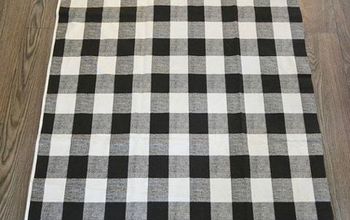
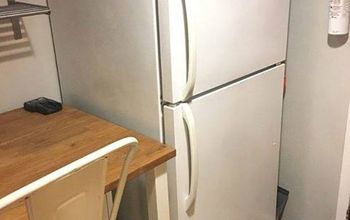



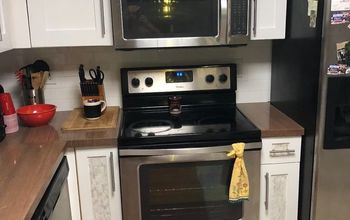
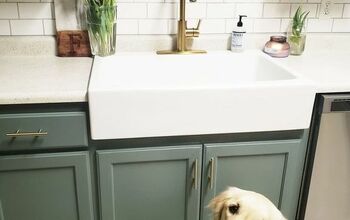
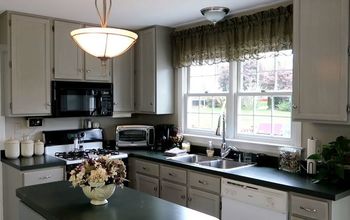
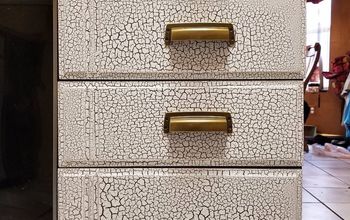
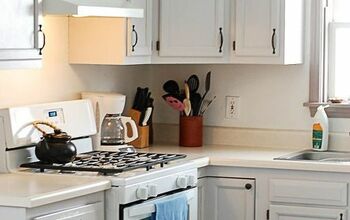
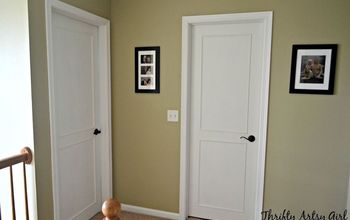
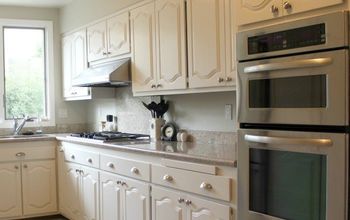
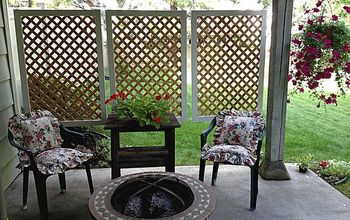

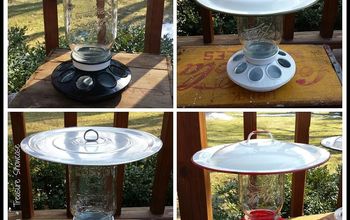

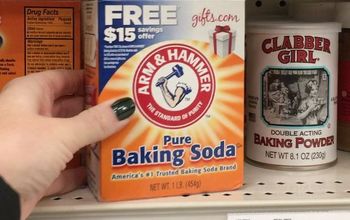

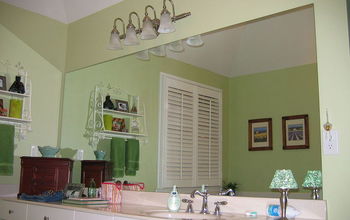


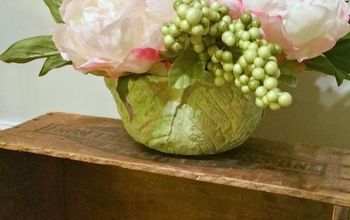
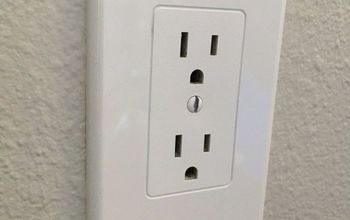
Frequently asked questions
Have a question about this project?